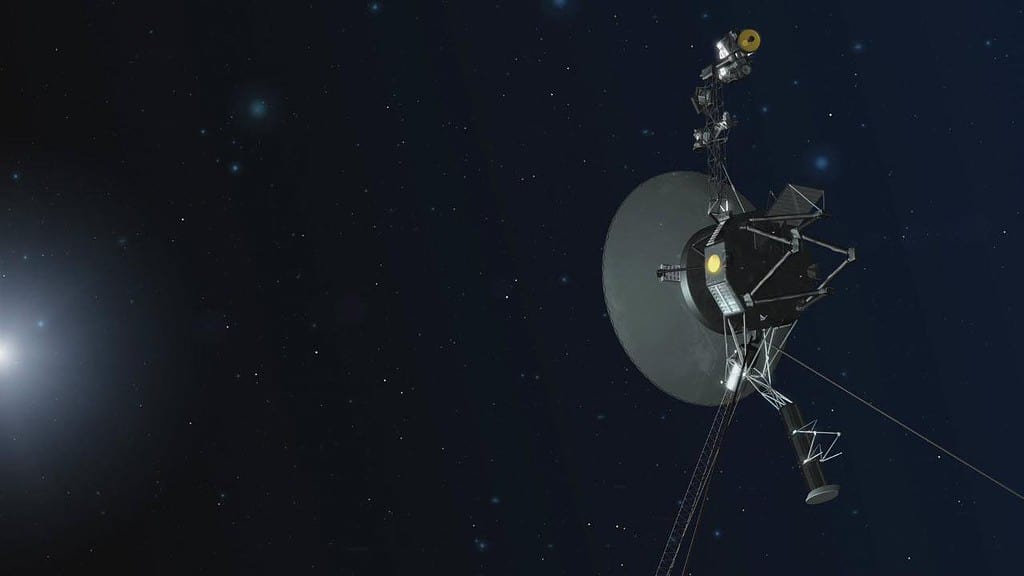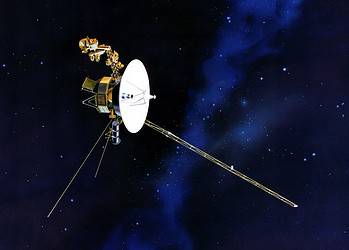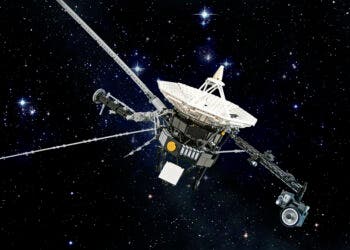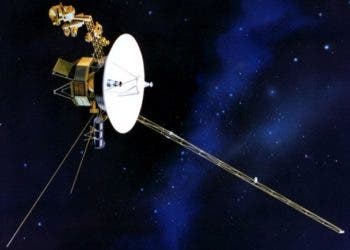Voyager 2 is currently located almost 20 billion kilometers from Earth, racing at over 55,000 kilometers per hour through interstellar space. Since July 21, the probe hasn’t been able to receive commands from ground controllers or send data back to NASA’s Deep Space Network—a set of giant radio antennas across the world.
Now, NASA has finally picked up some signal from Voyager 2, after losing contact with it two weeks ago.

A spacecraft’s heartbeat
It’s like hearing the spacecraft’s heartbeat, said NASA, after reestablishing contact with the Voyager 2 probe. Two weeks ago, there was a mishap. Mission controllers sent an incorrect command that tilted the probe’s antenna two degrees away from Earth. Now, NASA has detected the signal again during a routine scan of the sky.
Voyager 2 is the 2nd spacecraft to enter interstellar space. In 2018, the spacecraft joined its twin, Voyager 1, as the only human-made object to enter space beyond the solar system. The Voyager missions were created to take advantage of a unique planetary alignment to study the outer solar system. Specifically, Voyager 2 targets Jupiter, Saturn, Uranus, and Neptune.
“We enlisted the help of the [Deep Space Network] and Radio Science groups to help to see if we could hear a signal from Voyager 2,” Suzanne Dodd, Voyager’s project manager, told AFP. “This was successful in that we see the ‘heartbeat’ signal from the spacecraft. So, we know the spacecraft is alive and operating. This buoyed our spirits.”
NASA was pleasantly surprised when it detected the probe’s “carrier signal” this week using the Deep Space Network. While this means Voyager 2 is still functioning, it’s not yet responding to new commands. The next step will then be to try to make contact. NASA will try this week when the Canberra dish beams in the direction of Voyager 2.
But it is a long shot. The probe is so far away that software commands sent from Earth take 18 hours to arrive. If this doesn’t work, mission controllers will have to wait until October when Voyager 2 should reset automatically. “We’ll try sending up commands several times,” Dodd told AP.
The probes launched in 1977 within a couple of weeks of each other to explore the planets and moons of the outer solar system. Voyager 1 entered interstellar space in 2012 and Voyager 2 in 2018. Keeping them flying for so many years has been a big endeavor, especially considering their old computer software from the 1970s.
Up next, NASA expects Voyager 2 will remain on its planned trajectory, even if it eventually doesn’t get the commands from the mission controllers. Meanwhile, Voyager 1, currently located 24 billion kilometers from Earth, is working normally and regularly communicating with the Deep Space Network, the space agency said.






